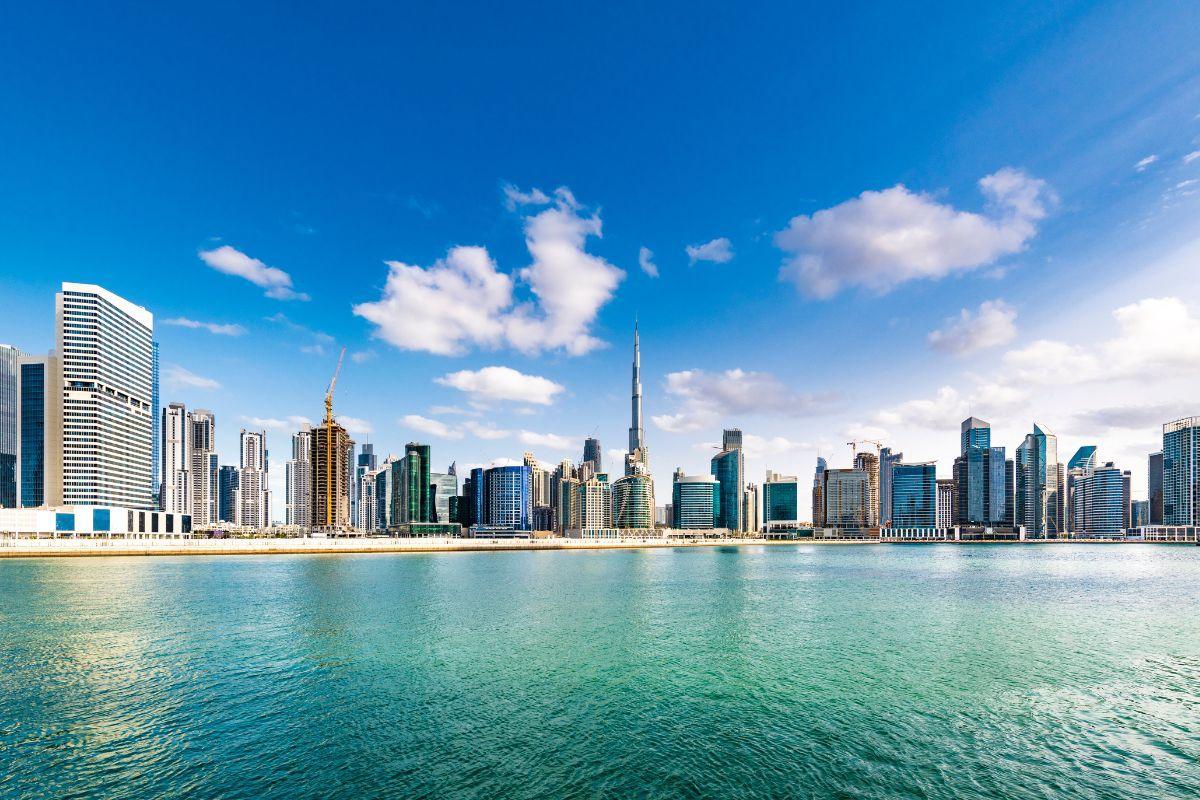Waterfront Properties in Dubai: Lifestyle Luxury or Investment Goldmine?
From the tranquil lagoons of District One to the glitz of Palm Jumeirah, waterfront living is one of Dubai’s most coveted real estate experiences. But beyond the views, do these properties offer compelling investment value?
What Defines a Waterfront Property?
Any property located along a coastline, lagoon, marina, or man-made water body falls under the waterfront category. In Dubai, that includes Palm Jumeirah, Dubai Marina, Bluewaters Island, and parts of Dubai Creek Harbour.
Unmatched Lifestyle Appeal
Residents are drawn to scenic views, beach access, and resort-style amenities. For many, it’s not just about the home—it’s about a year-round holiday lifestyle with cafes, water sports, and boardwalks just steps away.
High Demand from Tenants
Short-term rental demand in waterfront areas is consistently high. Tourists and business travelers seek out premium locations with water views, making these properties top performers on Airbnb and holiday home platforms.
Premium Pricing and Value Retention
Waterfront properties often carry a premium—sometimes 25–40% more than inland units. However, they also hold value better during market fluctuations due to their unique appeal and limited availability.
Flagship Projects and Upcoming Zones
New master communities like Emaar Beachfront, Rashid Yachts & Marina, and Tilal Al Ghaf Lagoon are adding to Dubai’s portfolio of waterfront investments. These offer modern design, flexible payment plans, and long-term growth potential.
Risks: Erosion, Traffic, and Maintenance
Beachfront properties are exposed to elements like salt corrosion and moisture, which can lead to higher maintenance costs. Additionally, popular areas like The Palm can suffer from traffic congestion during peak hours.
Strong Capital Appreciation
Dubai’s waterfront districts have shown impressive appreciation over the past decade. With limited supply and sustained demand from luxury buyers, these assets are likely to continue climbing in value.
Ideal for Short-Term and Lifestyle Investors
If you're targeting short-stay returns or planning to use the home part-time, waterfront units offer the best of both worlds—strong income potential and a premium lifestyle.
Final Thoughts: Waterfront Is Worth It
Dubai’s waterfront properties combine beauty, exclusivity, and financial upside. For investors willing to pay a premium, the long-term returns—both lifestyle and monetary—are compelling.

